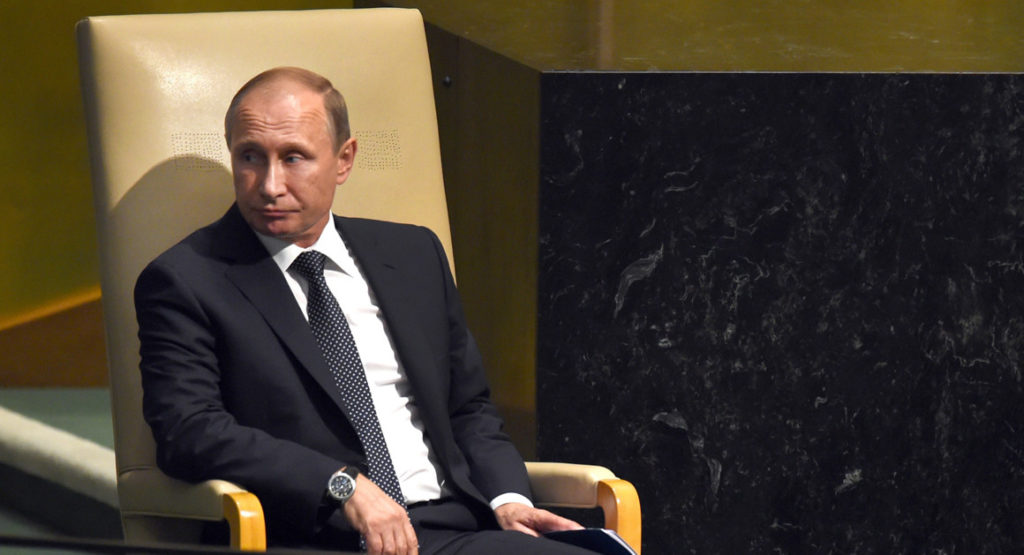U.S. drawing a line against Putin in Europe
Often criticized for being naïve and complacent about Russian President Vladimir Putin’s ambitions, the Obama administration and its European allies are intensifying their planning and training for a potential conflict on NATO’s eastern flank, hoping to send the strongest possible message about Russian aggression.
Deterring Putin was a central theme at a conference here hosted by the U.S. Army, attended by generals from 38 European countries. Officials described escalating NATO activity — including a massive training exercise now underway and talk of U.S. troop increases — in terms reminiscent of the 1980s, when the alliance stared down Soviet-made Warsaw Pact tanks in central Europe. Tan and brown desert camouflage is out; forest greens are in.
The NATO exercise, named Trident Juncture, is the largest in more than a decade; it began in mid-October and wraps up late next week. It involves 36,000 troops responding to the invasion of a fictitious region called Ceresia by a hostile neighbor employing so-called hybrid guerrilla warfare tactics like those Putin has adopted in Ukraine. Operating in Spain, Portugal, Italy and surrounding Atlantic waters, the counter-force includes submarines, fighter jets and U.S. Marines storming beaches with landing craft.
The training is partly designed to increase military readiness—a sign of concern that Putin might launch another rapid military operation like his March 2014 seizure of Crimea, which caught the U.S. and Europe flat-footed.
But perhaps just as important, military leaders said, it helps Moscow understand that the U.S. and its allies are ready and willing to throw a counter-punch should he try something similar again.
“In order to deter an adversary, he has got to realize your capabilities. He’s got to be able to see it and smell it — from the news, from the exercises, from things like this conference,” the U.S. Army’s chief of staff, Gen. Mark A. Milley, told POLITICO. Milley was a co-host of the annual Conference of European Armies, a two-day affair in which generals from places as disparate as Lithuania and Italy discussed strategy, readiness and coordination.
Read More: U.S. drawing a line against Putin in Europe – POLITICO


Comments are closed.